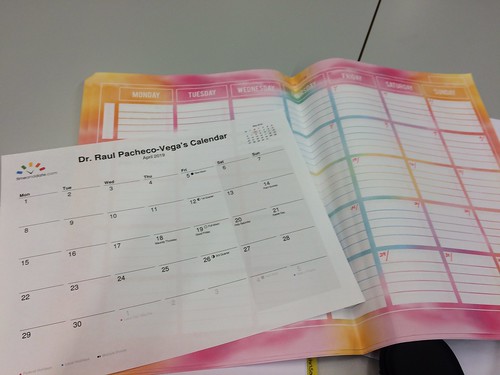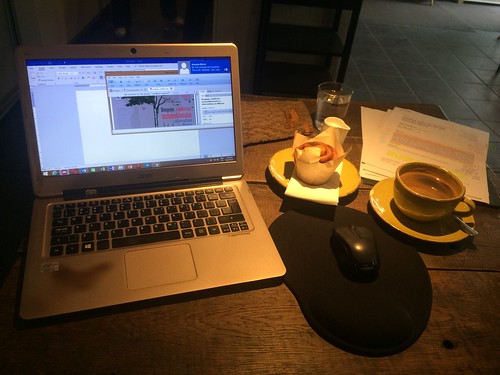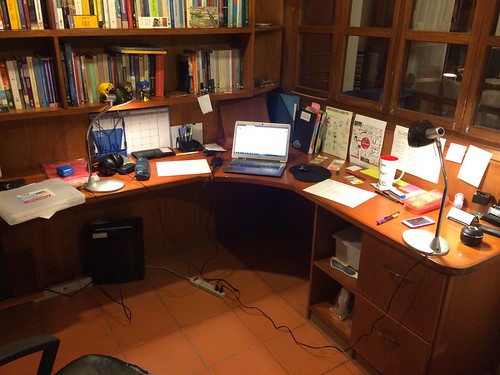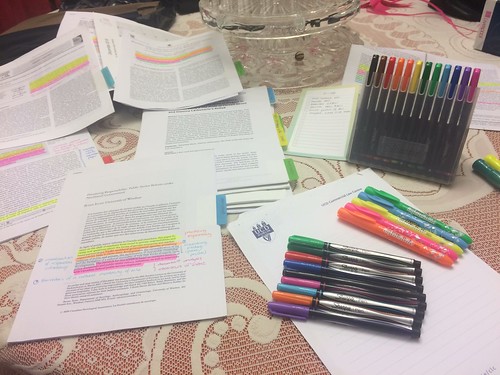I have had a very diverse life and with that, I have developed various networks of friends who do NOT work at all in academia. These friends and colleagues have enriched my life enormously.
One of the reasons why I have never feared the tenure process outcomes is precisely the broad range of activities I have developed in my previous lives and the extensive and diverse network of networks I have. I am lucky to have friends and colleagues in many industries, and because of my interdisciplinary training and work experiences in government, industry, consulting, academia and business, I can do a lot more than being a professor.
For example, my friend @shanegibson (who trains folks in the market development and sales performance fields). Knowing Shane and talking with him over the years has helped me understand training processes, sales and market development and the challenges of being an author/speaker
— Dr Raul Pacheco-Vega (@raulpacheco) December 24, 2019
Isabella Mori @moritherapy counsellor and psychological therapist extraordinaire, has taught me about the importance of paying attention to mental health issues, something that is not unique but it is an integral component of the academic experience.
— Dr Raul Pacheco-Vega (@raulpacheco) December 24, 2019
.@RobCottingham author, drawer and illustrator extraordinaire, is one of the best political speech writers I’ve ever met. Rob taught me about the ins and outs of writing speeches as a professional activity. One that rhetoric theoreticians May analyze but Rob puts into practice.
— Dr Raul Pacheco-Vega (@raulpacheco) December 24, 2019
I myself have done a number of different things. I have waited tables, served coffee, managed an office, danced and modeled professionally, designed marketing campaigns and blogger relations programmes. I have done public relations and media training work. I have advised startups. I was my parents’ assistants when they were lawyers (my Mom decided to leave law behind, did a PhD in Spain at the Universidad Complutense de Madrid and became a professor of political science).
Having friends of very diverse backgrounds and doing different things myself, (working as a chemical engineer in a plant, working in government as an advisor and within the bureaucracy, tutoring and teaching disadvantaged and marginalized adults some basic literacy skills) has expanded my world from the narrower academic field.
I can do A LOT MORE.
I have worked as a management consultant, as a website programmer, and I have a super strong network of friends in extremely diverse fields. I love being a professor, don’t get me wrong, and I’m very good at it, but I don’t necessarily need to stay in academia. I have plenty other options.
Having friends with diverse backgrounds and engaging in other professional activities not directly related to academia has made me a lot leas worried and wary about a turbulent job market. Because I can do a lot of things beyond being a professor. That’s greatly thanks to having friends who work outside of academia.
Moral of the story: cultivate a network of people who are WITHIN academia AND a network of people who are OUTSIDE academia.
Both are very important.











Recent Comments